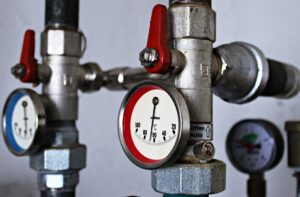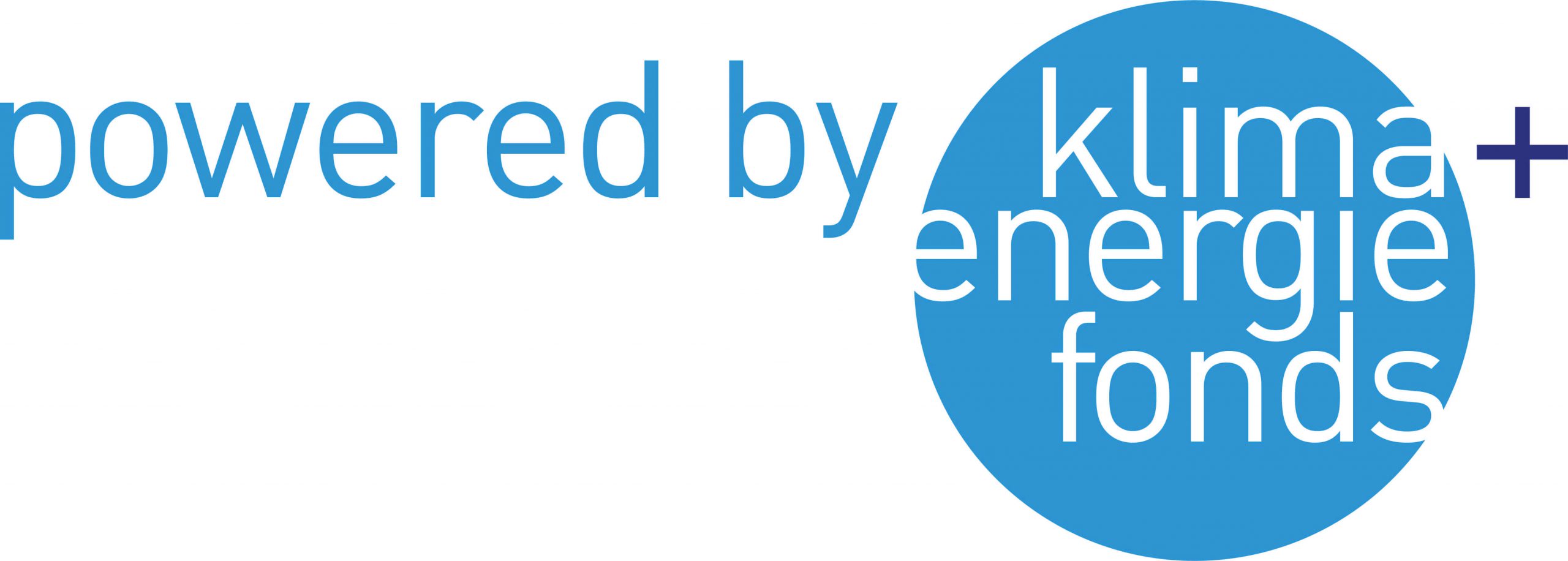
ToolBox
When it comes to district heating and excess heat there is a lot of knowledge, regulations and experiences that needs to be considered.
This ToolBox is a product of concrete experiences from the HEATflex project. The results from each workpackage and deliverable will serve as input for the online ToolBox. Moreover, the ToolBox contains research papers, examples, and other documents and information identified as being relevant for our target groups.
Introduction
- End users (i.e. Energy suppliers, District heating companies, ESCOs, households, energy service providers and industrial/commercial actors)
- Potential exploitation partners (i.e. Engineering / planning / consulting organizations, componentsuppliers, logistic and maintenance partners in different countries / markets and R&D)
- Financing bodies (i.e. Financial institutions, private and public investors, PPP organizations and civic participation solutions)
- Decision makers / stakeholders (i.e. Public authorities / policy makers at local, regional, national and European level, utilities, (legal) representatives of relevant sectors / branches)
Sections:
- Roadmap: This section contains 3 differnet roadmaps which intent to give an overview on specific topics. The goal of the Roadmaps is to make the gained knowledge from the HEATflex project accessible to a wider audience in a user-friendly way.
- Technical aspects: In this section you can find relevant information regarding the technical aspect in Austria and Denmark.
- Regulative/legal aspects: In this section you can find relevant information regarding the regulative and legal aspect in Austria and Denmark.
- Calculation models/tools: In this section you can find different calculation tools , some developed during the HEATflex project and others developed in other national or international projects.
- Business cases: In this section you will find in totalt 4 businesscases, two from Austria and two from Denmark
Roadmap
The roadmap will bring DH grid operators, planner and CHPs the innovative possibility to check the technical and economic feasibility by using simple input data. The output will be to assess feasibility, show possible technical solutions for implementation and planning, economic evaluation, as well as bus.
Roadmap 1: Integration of waste heat and renewables
Technical aspects
During the project period follwowing technical aspects have been identified and elaborated:
- District heating substation and consumer side
- Prosumer heating substations
- Control strategies and load forecasts
- Heat meters
- Thermal-hydraulic analysis and components
- Overview of storage options for district heating grids
- Production-side storages
- Domestic hot water preparation
- Decentral heat pumps at consumer side
- Central heat pumps for districtheating solutions
- Solar thermal collectors
This section describes the partial solutions as well as recommendations for the entire system. It is also described how the system can be integrated into the DH grid. Recommendations are made for suitable operating conditions, types, components, control, monitoring and measuring devices. Furthermore, it is shown which further research needs or the development of tools and components is still necessary.
Regulative/legal aspects (incl. safety aspects)
In this section you will find information about the aspects that can impact the development such as political goals, economic measures, and technical development.
Find information about policies and strategies in EU as well as the legislation in Denmark and Austria HERE
Read the full report and the regulative and legal aspects HERE
Calculation models/tools
Below you will find several tools which has either been developed in this or other projects.
Tools developed during the HEATflex project
bgfg
HEATflexcel Production: This Tool is aimed to give the user the possibility to calculate the (positive) effects of the integration of waste heat and renewables in a district heating grid. The tool is a freeware and will allow to add different heat sources to district heating grids and evaluate their technical, economic and ecological effects.
Learn more about the HEATflexcel Production HERE
See the introduction video of the tool HERE
Try the tool out HERE
v nkl
HEATflexcel Grid: This Tool consists of several scenarios to evaluate the influence of lowering the grid temperature, the influence of the refurbishment of (parts of) the grid, or the connection of new consumers or prosumers to the grid.
Learn more about the HEATflexcel Grid HERE
See the introduction video of the tool HERE
Try the tool out HERE
vfbd
Tools developed in other projects
gfn
Super Supermarkets feasibility Tool: This tools aim is to make it easy for supermarkets across the country to get an estimate of the economy by heat recovery in their supermarket. The calculation model is not detailed enough for a real investment basis, but can form the basis for a decision to start a design work.
Learn more about the Super Supermarkets project HERE (danish)
Try the tool out HERE
vnl
R-ACES Self Assessment Tool: This tool consists in an assessment framework that covers multiple themes. Provides best practices, check lists to users & means to scan energy reduction potentials.
Learn more about the Self Assesment Tool HERE
vnl
R-ACES Legal Decision Support Tool: This tool gives a practical and simple-to-use decision support tool for management to decide on the required framework for energy cooperation.
Learn more about the Legal Decision Support Tool HERE
vnl
R-ACES Energy Management Platform: This tool is an ICT-tool that makes energy flows transparent, allows energy consumption & production to be allocated to specific installations, stakeholders & nodes, and identifies anomalies & opportunities.
Learn more about the Energy Management Platform HERE
vnl
Store4HUC: The Optimal Heat Source Scheduleris a tool for optimal operation of the combination of a heat source and a heat storage system, for a particular consumer or set of consumers connected to the storage, with known cumulative heat demand under required heating medium temperature conditions in the storage.
Learn more about the Optimal Heat Source Scheduleris Tool HERE
vnl
Low TEMP training package contains the key know-how, innovative strategies and tools to enable DH stakeholders to realise LTDH.
Learn more about the training package HERE
Business cases
Read the report on all business cases HERE or have a look at the single businesscases below ↓
Austria:
Waste heat from the Brewery of Puntigam, Austria
Read more about the business case HERE
Waste heat from the steel and rolling mill Marienhuette in Graz, Austria
Read more about the business case HERE
Denmark:
Waste heat from a dairy in Rødkærsbro, Denmark
Read more about the business case HERE
Waste heat from a factory in Hedensted, Denmark
Read more about the business case HERE


is funded by




- Erfa-møde om varmepumper i Fjernvarmens hus, Kolding sep. 2. 2020.
- International Conference on Smart Energy Systems, Aalborg Oct. 6.-7.th, 2020.
- Energiforum Hedensted, Denmark May 16th, 2022
